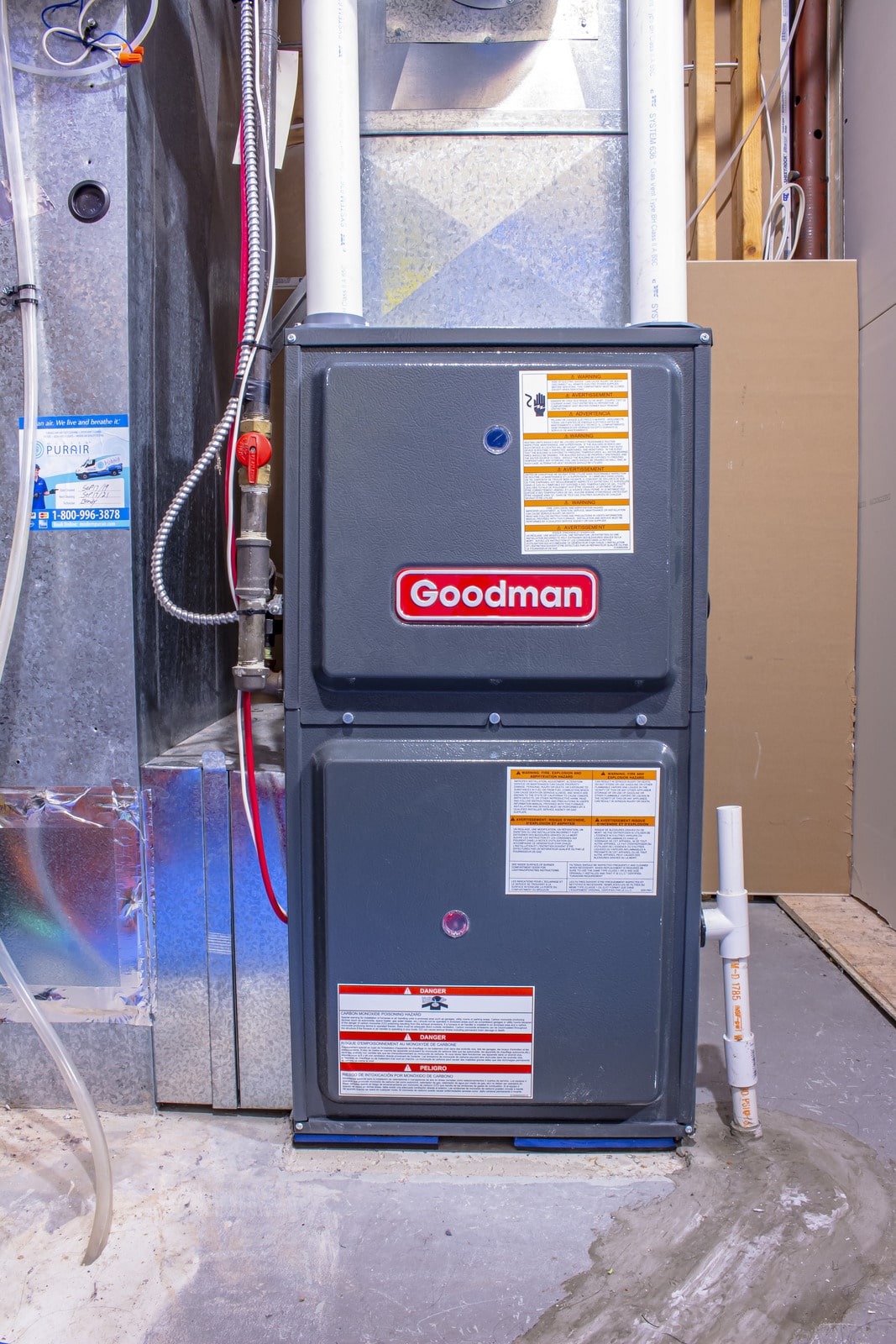The Best Guide To Green Attics
The Best Guide To Green Attics
Blog Article
See This Report about Green Attics
Table of ContentsWhat Does Green Attics Mean?The Buzz on Green AtticsThe Only Guide to Green AtticsAbout Green Attics6 Easy Facts About Green Attics ShownNot known Details About Green Attics
Posted by Solution Champions Cooling BlogWhen you transform on your home heating, you desire it to stay inside your home - Radiant barriers. Powering up the home heating creates the heat to rise directly up right into your attic room. It's then as much as your attic insulation to do its task and obstruct the heat from getting awaySo, it's evident that you need to spend your time and cash into insulating your home, yet what attic room insulators are around for you to pick from? Which attic insulation is best? And what are the prospective risks of each of them? This write-up will outline the 4 kinds of attic insulation you can choose from, plus dive into the pros and disadvantages of each.

Some Of Green Attics
Batts allow, rolled up sheets of material which are fused along with a chemical vapor. This vapor works as an adhesive. Why is fiberglass batt insulation so preferred? It's many advantages include: In its entirety, fiberglass is substantially environmentally friendly. The fiberglass itself is created from sand which is after that become glass, which counts as a renewable resource source.
Fiberglass batt insulation rarely shrinks or breaks down. This is due to the air pockets that happen in manufacturing. Fiberglass batt insulation is likewise soundproof, aiding reduce outside noises and keep inner audio inside the property.

The 25-Second Trick For Green Attics
If moisture is taken in by the fiberglass batt insulation, it can reproduce hazardous mold and mildew. Rodents and various other undesirable visitors like fiberglass batt insulation, and typically make it their home.
When utilizing the blown-in method, it loads the attic room better, ensuring it's air-tight. This reduces the amount of hot air escaping and chilly air entering. It takes an issue of hours to get your attic insulation up and running.
It needs more upkeep than other kinds of attic insulation on our list. Needs to the insulation obtain damp, eliminating the insulation isn't as very easy as eliminating fiberglass batts.
This attic room insulation is likewise blown-in utilizing a blowing maker, however the material made use of is different. Boric acid and other substances are used to flame-proof the attic room insulation.
The Single Strategy To Use For Green Attics
(https://calendly.com/nealromo01-proton/30min)
Is blown-in cellulose insulation worth it? Right here's what it can provide your household: Essentially, blown-in cellulose is much better for the earth. With cellulose being made from simply recycled product, there's no need to generate brand-new product. Recycling this is environmentally friendly. The boric acid and other materials assist to fire proof the insulation and slow down the spread of fires.
Blown-in cellulose insulation has an R-Value that is 23 percent more than fiberglass batts. Cellulose also aids minimize wind-washing. What are the cons of installing blown-in cellulose insulation in your attic room? Here are the negative aspects: Cellulose is eco-friendly, however the more materials that are added are not. Boron is called for to develop why not try this out boric acid, and the mining procedure that mines boron is damaging to the atmosphere.
Cellulose likewise does not mix well with fluid. Ought to it end up being wet, mold and mildew can grow quickly and spiral out of hand. Fixing this situation can be labor and time extensive, as you'll require to grab the insulation bit by bit, as opposed to in one roll. The final kind of attic room insulation is spray foam insulation.
Some Known Details About Green Attics
Unlike all the other kinds of attic insulation, spray foam insulation is the only type ahead as a liquid. After being splashed, it enlarges and grows, and after that establishes as a long lasting foam. This foam slides nicely right into any voids, securing impermeable, and cuts off any escape paths for your heating.
What are the disadvantages of spray foam insulation?: The ahead of time repayment for spray foam insulation is greater than the various other kinds of attic room insulation on our checklist. It's worth thinking about that, due to high levels of power effectiveness, it'll likely stabilize out or also come to be less expensive in the long-run to maintain your home cozy.

The Definitive Guide to Green Attics
Wonderful treatment requires to be taken around the foam, and you'll require to use safety glasses, a mask, and a respirator. With 4 types of attic insulation and their pros and cons, you're currently able to make a notified choice, understanding the advantages and negative aspects to each. That's why I can state with confidence that the best means to insulate my attic room is with inexpensive cellulose or fiberglass insulation used over a closed attic room floor.
Report this page